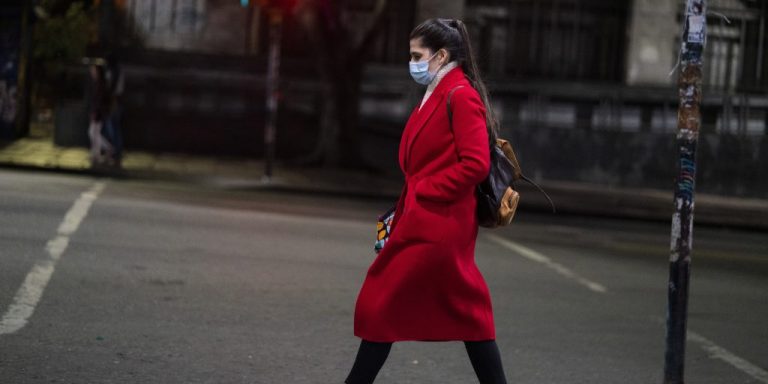INTELBRIEF
June 26, 2020
IntelBrief: Coronavirus Infections Soar throughout Latin America

- Even as it begins to ebb in parts of Asia and Europe, the coronavirus is sweeping through Latin America, devastating countries from Mexico to Chile and beyond.
- Rural areas and indigenous communities remain at risk, especially given low levels of health literacy and a lack of healthcare infrastructure, where even fairly rudimentary equipment like oxygen tanks are in short supply.
- COVID-19 has exposed significant political fault lines throughout the region where heads of state have openly clashed with governors and state and local leaders over the best approach to preventing the spread of the virus.
- Although Latin America comprises just 8% of the world’s population, over the past several weeks the region has accounted for nearly half (47%) of all deaths worldwide.
Even as it begins to ebb in parts of Asia and Europe, the coronavirus is sweeping through Latin America, devastating countries from Mexico to Chile and beyond. Some Latin American countries are especially vulnerable, given the combination of population density, under-resourced healthcare systems, and large numbers of informal workers, many of whom travel great distances in search of employment opportunities and temporary work. In parts of Latin America where governance is largely disconnected from the state—as in Rio de Janeiro’s favelas—there is a shortage of clean water and sanitation is a luxury, not a guarantee. Most citizens lack a social safety net that includes health care or medical benefits, and as such, are largely left to fend for themselves. Many countries in Latin America suffer from a vast socio-economic disparity among their populations, meaning that the wealthy have access that the poor could simply never hope to obtain.
Throughout the region, the numbers are staggering, and only growing worse. Brazil has more new infections and deaths on a daily basis than any other country in the world, and is on pace to become the country with the most deaths overall by later this summer. Other countries, including Ecuador and Peru, are now among the hardest hit anywhere in the region, with no signs that COVID-19 is close to abating. Even in Latin American countries that initially pursued a successful approach, there has been recent backsliding and large outbreaks in major cities and metropolitan areas, including in Argentina and Chile. Rural areas and indigenous communities are also at risk, especially given the lack of healthcare infrastructure and lack of education about how to protect themselves from the virus. Even fairly rudimentary equipment like oxygen tanks are in short supply.
COVID-19 has exposed significant political fault lines throughout the region and some high-ranking politicians, including the president of Honduras, have contracted the coronavirus. Heads of state have openly clashed with governors and state and local leaders over the best approach to dealing with preventing the spread of the virus. Leaders in Brazil, Mexico, and Nicaragua have all been widely criticized for not taking prevention measures seriously and offering inconsistent and counterproductive advice to citizens. There are severe economic ramifications too, with millions unemployed and millions more being pushed into poverty. As individuals seek to avoid falling below the poverty line, it could pressure them to seek work even when they might be sick, thus further perpetuating the spread of COVID-19, contributing to a vicious cycle of sickness and economic malaise. There have been some bright spots in the region, however, including Costa Rica and Uruguay, countries which have managed the spread of the disease with some success.
Although Latin America comprises a mere 8% of the world’s population, over the past several weeks the region has accounted for nearly half (47%) of all deaths worldwide, according to the Wall Street Journal. In total, Latin America has more than 2 million infections and has suffered over 100,000 deaths. Hospitals and intensive care units are being overwhelmed as doctors, nurses, and other healthcare workers struggle to deal with the influx of sick patients. There are concerns that some countries have underreported the number of infections and deaths. In Brazil, the administration of Jair Bolsonaro inexplicably stopped reporting the total death toll altogether. Conspiracy theories have spread in certain communities that the inept response by regional governments is a deliberate plot to thin out populations in order to reduce the burdens of pensions. The combination of the COVID-19 virus spread, weak health infrastructure and lackluster governance in several Latin American countries is likely to result in more coronavirus-related deaths in the near future and a further widening of the socio-economic disparities across the region.
.
For tailored research and analysis, please contact: info@thesoufancenter.org